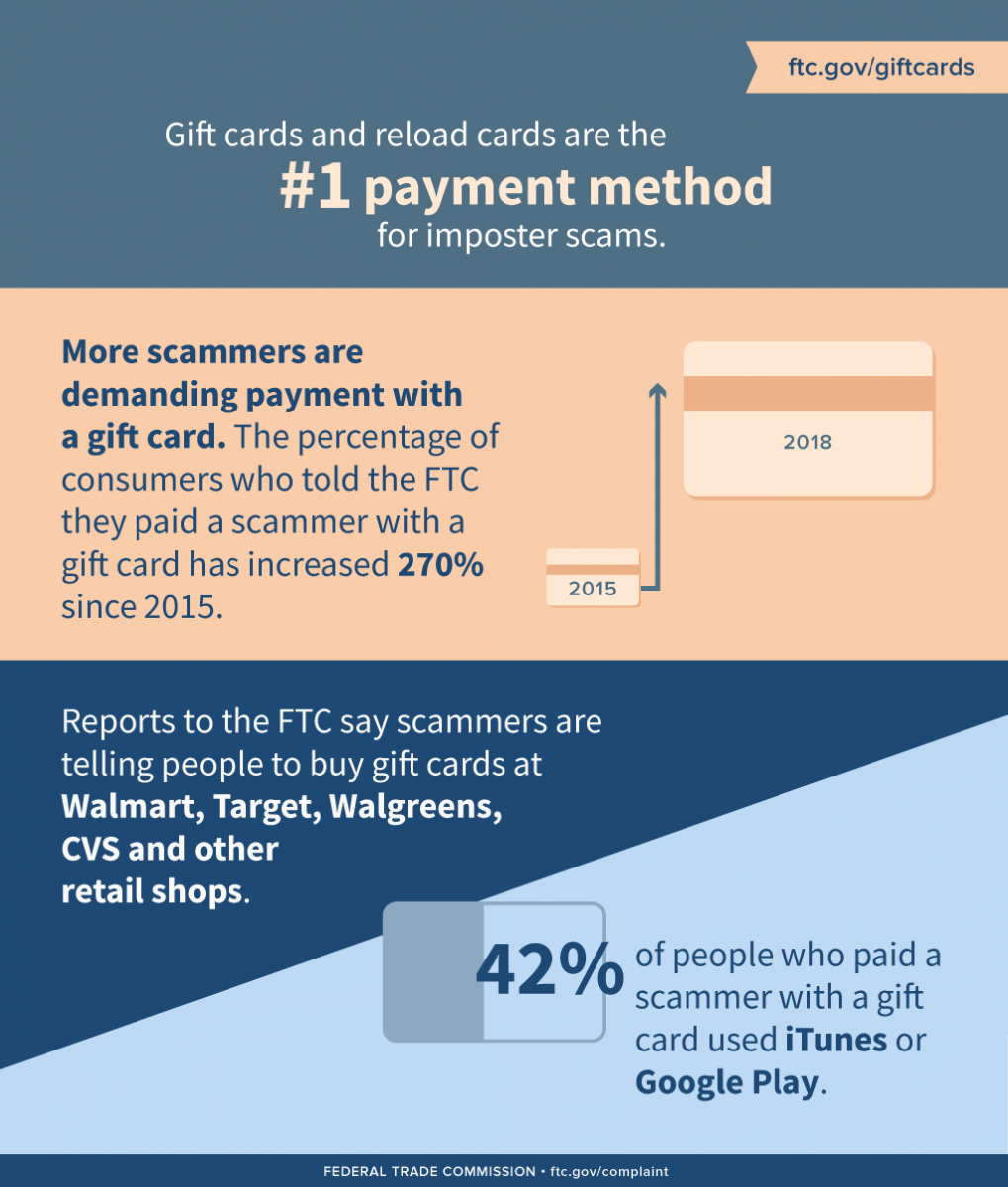Unlike other packaging kinds, glass products offer buyers a multi-sensory experience that obliges them to interact. This is why many consumers pick to purchase food and drink in glass.
Previous research study on glasses has actually demonstrated that form influences customer judgment and intake patterns. This research study intends to analyze these results in a natural context of drinking by investigating the effect of glass form on subjective responses and alcohol consumption behavior.
Openness
Openness is a fundamental idea that's especially essential in constructing trust with new consumers. According to a recent report from NielsenIQ, 81% of food and drink shoppers think about openness essential or exceptionally essential when making their acquisition choices both online and in-store. Incorporating glass right into your items and spaces can help you communicate openness in a refined way that's effective at developing an engaging customer experience.
For example, a business set up transparent glass partitions in its work area to illuminate the space and promote a much more joint setting. Employees reported an enhancement in state of mind and performance, citing the revitalizing impacts of natural light and aesthetic connection.
Additionally, brand names that prioritize transparency can reap significant benefits in the form of brand commitment and depend on from customers. The skin care brand Paula's Choice is an outstanding instance, as it gives a full components checklist on its item packaging. By giving clear information about its products, the brand has built an outstanding track record among Generation Z customers and is taken into consideration a relied on source of skincare (Allison). The transparency of glass can also invoke a feeling of quality and knowledge in art items.
Multi-Sensory Experience
Multisensory experience layout concentrates on involving several human senses at the same time, leveraging the understanding that human understanding relies on the input of multiple sensory modalities. These include view, audio, touch, preference, and smell.
By using a multisensory approach, brands can offer an extra purposeful brand name experience that builds more powerful psychological connections with consumers. Unlike traditional advertising campaigns that target the aesthetic and acoustic detects, multisensory experiences are developed to stimulate a full range of feelings and evoke a more nuanced assumption of a services or product.
For example, an interactive museum display can integrate a mix of sensory aspects to help site visitors submerse themselves in the story. A virtual reality experience can combine view, hearing, and haptic responses to produce an immersive, sensory-driven experience. Furthermore, decorative glass for homes multisensory experiences can be designed to interest the certain cultural and personal choices of each specific user. However, designing these experiences involves moral factors to consider that should be considered, such as ensuring that the experiences come and comprehensive to all people.
Shares a Higher Level of Top Quality
When a business offers tailored glass plaques to staff members, it indicates that they are seen, not as simply among many, yet as special individuals that bring special staminas to the team. This is an effective morale booster that can have ongoing favorable effects on employee partnerships.
Special pigmentation, embossing, and proprietary forms additionally communicate a feeling of high quality. A craft distillery's distinctive container layout, for instance, interacts the brand's artisanal approach and connects its item to ancient amphorae. These features change a container from a common to bespoke, establishing an effective barrier to replica and establishing the brand name as an authority.
Custom-printed glasses can feature a selection of styles, from photo-realistic logos to artistic images. Engraved white wine glasses, for instance, make a wonderful present for best men or for celebrating birthday celebrations and anniversaries. They also serve as appealing home decor items. These styles create a deeper emotional link with the recipient and aid to construct brand name loyalty.
Involves Shoppers
Unlike other product packaging types, glass stands out on shelves and encourages in-store communication. As an example, appeal brand Guerlain makes it possible for buyers to etch their names on their famous Rouge lipstick and perfume containers. This enables consumers to customize their things and create customized gifts for others.
Customers likewise choose personalized glass items since they have the capability to see representations of their layouts and modify them as required. Therefore, the item feels like their own and they can feel confident when adding it to their carts.
The precious jewelry, watch, and garment industry are understood for making the most of these concepts and utilizing product customization as a marketing device. And now, companies in the food and beverage sector can likewise utilize this approach to get in touch with consumers on an emotional degree and increase "Add to Cart" conversions.
